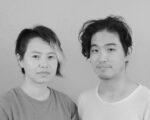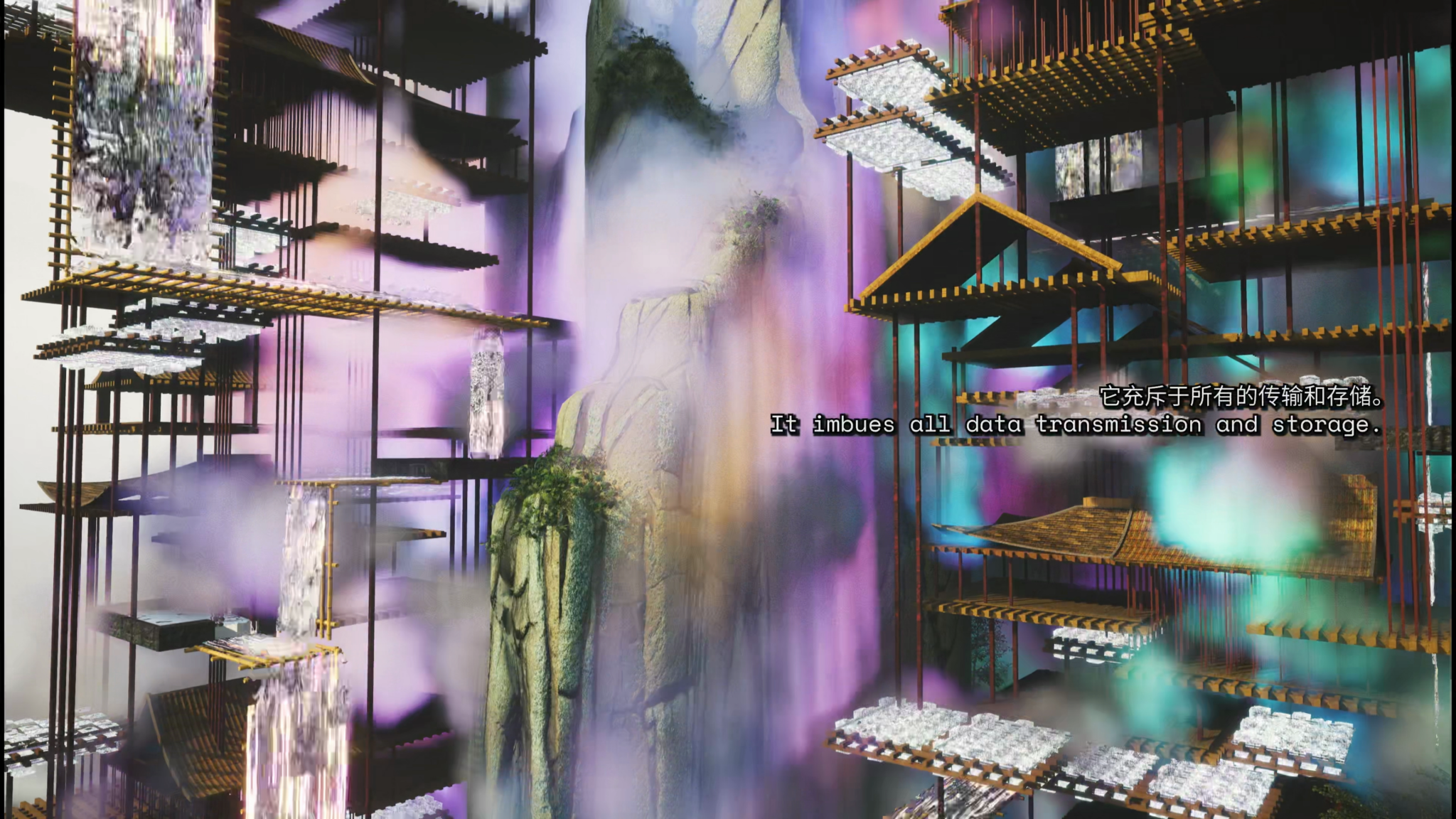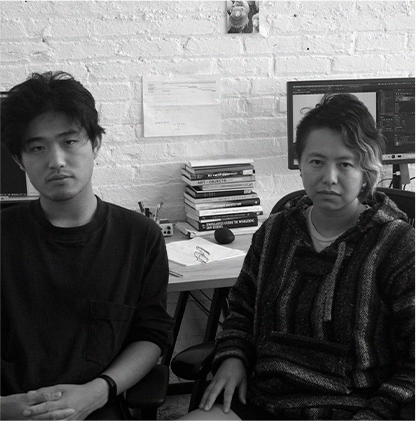How do you characterize the media you work in?
Other Spring (2023) is our first video work. Prior to that, we have always worked with software and game engines, and we are trained as software-based simulation artists. Because game engines have been in our wheelhouse for some time, we are familiar with worldbuilding concepts and tend to think spatially, which factored into Other Spring.
How does your practice engage with technology?
The battle we’ve been fighting for our entire career is to find an intuitive language to convey the complex logic of technology to a more general audience. We started to zoom in on technologies that are ubiquitous in their effect but withdrawn in their presence, with a focus on how contemporary software embedded in our networked society has promoted the normalization and internalization of concepts of competition and efficiency while causing a strange illusion of agency, a phenomenon we think of as “looping.” At the same time, we want to try to turn technology around to see if there is a different way of thinking about and implementing it.
You were a finalist for the 5th VH Award. Can you tell me about the work that garnered you this honor?
Other Spring is inspired by the ancient Chinese fable Peach Blossom Spring. It’s a docufiction inspired by Alexander Galloway’s theory of heretic computing, and it makes a case for computational haze, drawing on our research paper on the topic. We essentially created two fictionalized worlds: one is an all-encompassing, algorithm-driven network called UNO, or Universal Network Observer, and it’s totally frictionless. And then there’s a world that, from a design philosophy perspective, is the complete opposite: nothing is entirely visible, and everyone’s data, before being tracked and aggregated, is fused with noise, so they can connect to UNO and take advantage of its cloud computing capabilities without quite relinquishing their privacy and interiority.



